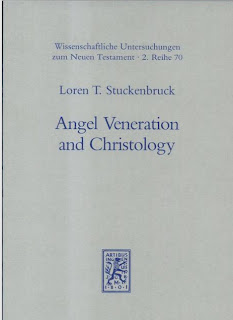This volume, Looking for Mithra in Malta (Interdisciplinary Studies in Ancient Culture and Religion, 10, 2009, 121.p Peeters Publishers.) by Claudia Sagona is the 10th volume in the series of the upper named religious studies.
The book of Sagona is a good supplementum of the great work of Vermaseren (CIMRM) which now gradually lost it's actuality. In Vermaseren's corpus Malta doesn't appear (from the Italian islands only Sicily). Sagona lists more than 30 Maltan places, where the cult of the Roman mystery God, Mithras appear. This corpora reflects a new tendency and an urgent need in the research of mithraism begun (but still not accomplished) by Richard Gordon: supplements for CIMRM for every province (an other good example for this is the work of Tóth István about the mithraic sources from Pannonia).
About the book: "Many aspects of the mystery cult of Mithra remain enigmatic. It was a belief system that touched the hearts and minds of all manner of people, rich and poor, in the early centuries AD. Secretive, private and exclusive enclaves of believers infiltrated numerous regions of the Roman Empire, assembling in caves and cellars, where strange, sometimes terrifying, initiation rites were carried out.
Never before has the evidence for the mysteries of Mithra been traced to the Maltese archipelago. This group of islands in the central Mediterranean fell under Roman domination, but their somewhat isolated location may have appealed to followers of Mithra. Cult artefacts and possible places of Mithraic worship in the islands have been presented here fore the first time (loc. cit.)





